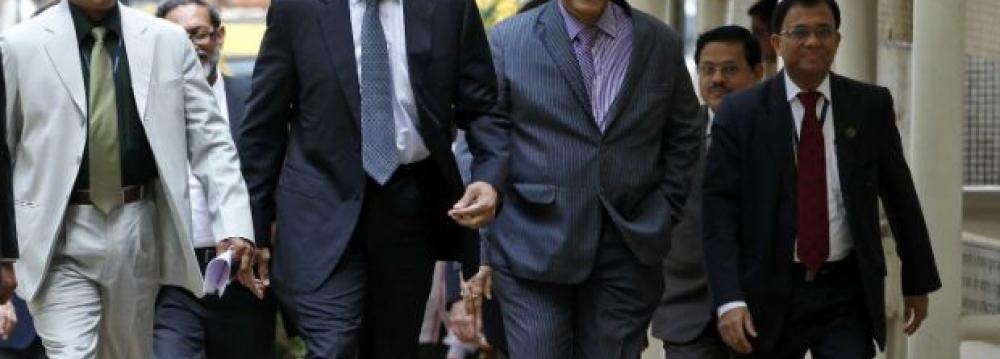Talk about coincidences. Two days after Raghuram Rajan set all kinds of dovecotes aflutter with his missive about not staying on as central bank governor, and as debate over his legacy was raging, the World Bank released its June 2016 India Development Update, which stresses the need for a strong financial sector in order to make double-digit growth possible.
“India’s ambitions to accelerate GDP growth to double digits will require a strong financial sector to allocate savings towards the most productive investment opportunities. A well-functioning financial sector boosts productivity growth, while guarding against volatility,” the report says, PTI reported.
Acknowledging that India’s financial sector has matured a great deal since liberalization, the report nevertheless flags the now well-known areas of concern–non-performing assets, declining credit growth and poor transmission of interest rate cuts to the real economy.
It then flags two sets of reforms which, it says, are necessary to ensure that the financial sector will be “a reliable pillar of future economic growth”.
Both the government and the new Reserve Bank of India governor would do well to heed its words. One set of reforms are structural and relate to making the financial sector more market-oriented and competitive. The other revolves around addressing the problem of NPAs.
Two-Pronged Approach
The report suggests a two-pronged approach to stressed corporate and banking balance sheets and reversing the trend of rising NPAs. One, giving banks more capital so that they meet Basel III requirements and also resume lending so as to fuel growth.
But it is not in favor of merely pumping in more money into banks. Recapitalization, it stresses, “must go hand-in-hand with strengthening banks’ governance”.
In particular, it talks about the need for “ensuring high standards for the selection of top executives and the board, as well as aligning staff and management incentives toward profit generation”.
Banks also need more tools for restructuring or selling distressed assets. This is also what Arundhati Bhattacharya, State Bank of India chairperson, said in an interview to Mint on 13 June: “We are working very hard to get there [cleaning up of bad loans], but the tools were not already available when the process started. I would have liked them to have been already available.”
In fact, this could probably be one criticism of the manner in which Rajan waged his otherwise creditable war against NPAs–that he should have ensured banks had the requisite tools to be part of the battle. The counter-view, of course, is that if he had waited till then, he might as well have signaled defeat.
The second prong involves addressing the stress in corporate balance sheets in order to ensure that new NPAs do not get generated. It identifies the metals, transport, road infrastructure and power sectors as being particularly vulnerable and suggests sector-specific steps for each.


